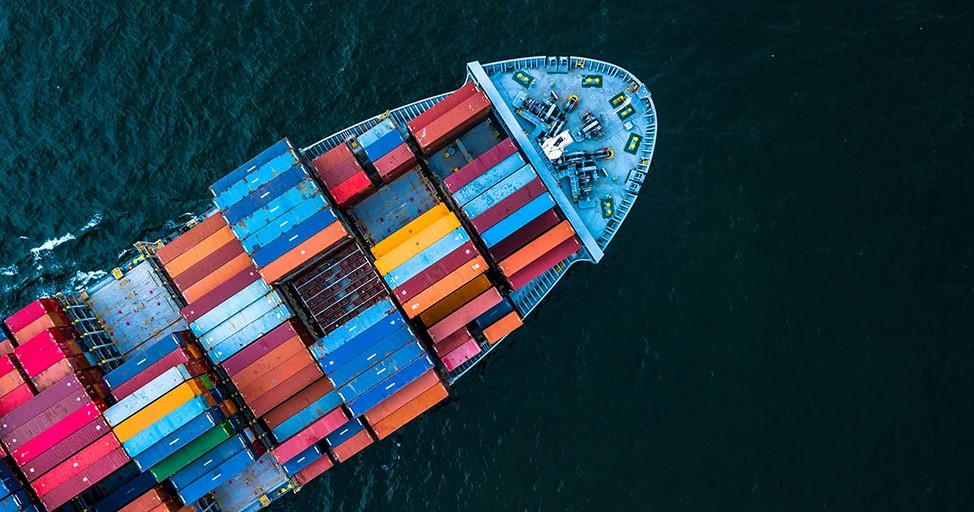Small-to-medium-sized businesses make up 93% of Australian businesses that export. That’s according to the most recent figures (2020-21) from Austrade’s State of Exporters Report.
The typical small-business exporter had a turnover of almost $5 million and operated in just one market. However, the DHL Export Barometer report found that almost half of all businesses surveyed planned to enter a new market this year.
Going by the number of exporters – of any size – New Zealand, the US, China, Singapore and the UK were the most popular destinations, the report says.
Are Australian exports growing?
Not quite. In April, over 56,177,000 million dollars in exports left Australia, about a five percent drop from the previous month, says the Australian Bureau of Statistics. All categories – general merchandise, rural goods, and non-rural goods – experienced slippage.
Despite this, businesses are increasingly taking advantage of Australia’s free trade agreements. The most attractive FTAs were ASEAN, ChAFTA and AUSFTA for exports to New Zealand/ASEAN, China and the US, respectively. You can find out more about FTAs via this official government portal.
Benefits of exporting
Here’s why businesses export:
- Markets may be more resilient to economic shocks
- Can build sales and brand with steady and sustainable growth
- May spread and diversify their risks by tapping into more than one market for their products and services
- Can tap into more affluent markets than Australia
- Are more likely to learn innovative approaches for a competitive edge
- Can increase their efficiency.
Your business may also benefit from the partnerships your local government authority has with sister cities/countries, as this research shows.
Risks for exporters
The top risks for exporters include:
- Supply chain issues
- Rising freight costs
- Inflation and other hidden costs, such as for specialists, travel, tender preparation, marketing support, staffing, etc.
- Tariffs – erring on paperwork and compliance
- Neglecting to protect intellectual property
- Skipping due diligence on finding new business partners
- Not understanding the local culture in the country to where they’re exporting
- Global and political risks not just in the export country but those with ports that your products will pass through
- Damage to or theft of your goods in transit, or
- Your items damage a third party’s property or injure someone, such as an employee working with your goods, when they’re en route
- Protracted and complex payment terms
- The importer refusing to pay for your goods despite the terms, credit guarantee, or contract.
Be sure to keep accurate records of your certificates and other documentation. This will make it easier to comply with your obligations to report and disclose information to regulators and trade associations.
Types of coverage
There are insurance options available as part of your risk management. You might be tempted to let a freight forwarder do the transit insurance for you. However, this assumes they have the needed technical and legal prowess.
As the exporter, you’ll be responsible for securing insurance to cover your goods in transit, that is when you sell goods on cost. You’ll endorse the policy cover, thereby assigning it to the buyer/importer. That means they can claim under your policy in their name if the goods are damaged or lost.
For on-off shipments, single cargo export insurance would suit, for multiple, consider annual cargo export insurance. Other relevant policies include credit insurance, marine cover, political risk, currency and product liability. It can get complicated, so be sure to talk to us for insight into what best suits your operations.

